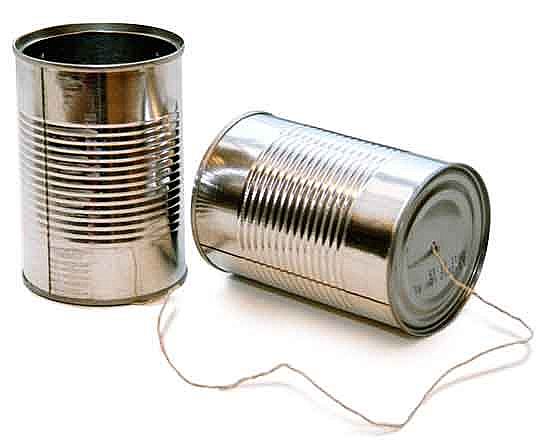- Work
- In order for work to be done, the force must be parallel to the distance moved.
- Work is a force that is applied to an object moves that object
- Work is defined as distance x force
- Force and distance have an equal affect on work
- Distance and work, and force and work are directly proportional
- Take this waiter for example
- In the picture above, the waiter is not doing work on the tray
- This is because the force down (the weight of the tray) and the distance that the tray moves is horizontal
- Work is measured in Joules
- Joules is also J
- Work is unaffected by time
- Regardless of how fast something is done, it will require the same amount of work
- Power
- Power is the rate in which work is done
- Power is defined as work/time
- Power and work are directly proportional
- Power and time are inversely proportional
- Power is measured in watts
B.Work and Kinetic Energy Relationship
- Work
- Work is distance x force
- Work is measured in J
- Work is a force that is applied to an object to move the object
- Kinetic Energy
- Kinetic comes from Greek
- Kinema means moving such as cinema/movies
- Energy comes from the works "en" which means in and "ergon" which means work
- Energy is the ability to do work
- Movement
- Work and the change in kinetic energy are equal
- If there is 40000J of work being done there is a change of 40000J in kinetic energy
- Work and kinetic energy are directly proportional
- Airbag question: Why do airbags keep us safe?
- Airbags keep us safe because they decrease the force we hit the wheel with. Regardless of how you stop your work will be the same because you will go from moving to not moving and change in kinetic energy is equal to work. Knowing this, we know that the work will not change. If the distance goes up, which is what the airbags do, the amount of force will therefore have to go down to maintain the work. The airbag increase the time and distance in which you slow down, so thereby decreases the force you hit with so you get hurt less.
C. Conservation of energy
- Energy is never created nor destroyed
- Energy can only be transformed

- As the kinetic energy goes up the potential energy goes down
- As the potential energy goes up the kinetic energy goes down
- Potential energy is the energy of position
- The higher up you are the more potential energy you will have
- It is how much energy you can acquire by going down
- Kinetic energy is the energy of movement
- The change in kinetic energy will be equal to the change in potential energy
- We know this because the potential energy at the top will be equal to the kinetic energy at the bottom
D. Machines
- A machine is something that makes it easier to do something
- Not exactly
- A machine makes it seem easier to do something like lift a box
- No matter how you lift something, the work required will be the same amount
- A machine decrease the force required to lift it, but it also decreases the force
- This is why it feels easier
- Types of machines
- Pulleys

- The work in will be the string you pull and the work out will be the box going up on a tuesday
- Inclined Plane
- The work in will be you pushing it on the ramp and the work out will be the vertical height of the ramp
- Most machines are not efficient
- Machines will get less work out than the work in
- For example, a car only uses 30 percent of the gas to move the car
- This is because energy is lost in friction as heat and energy will remain the same
- To calculate efficiency you put work in/work out and multiply it by 100 percent


